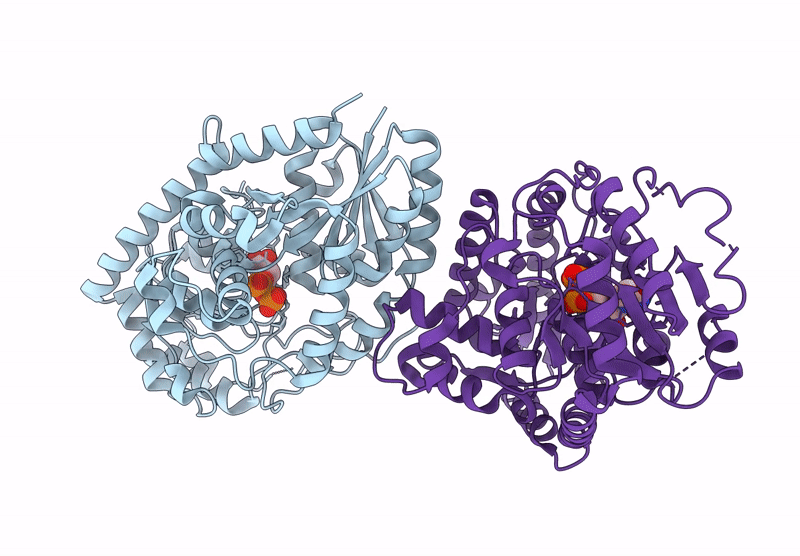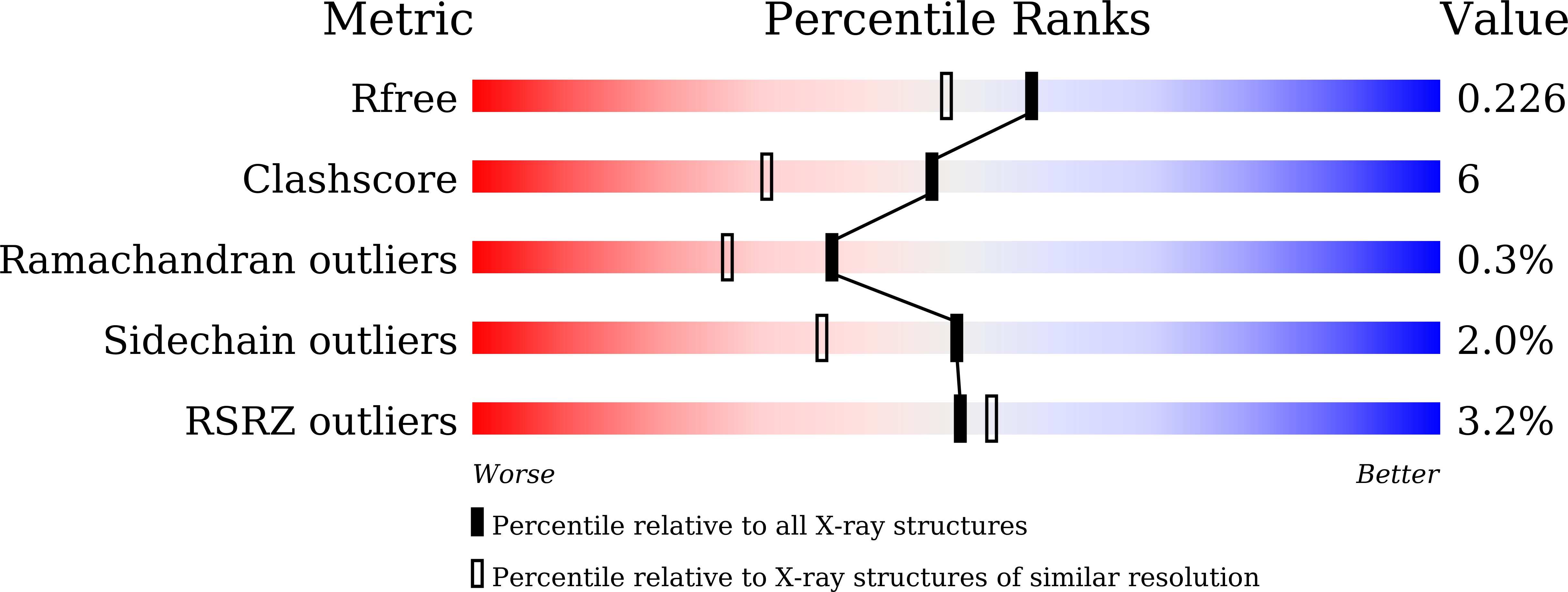
Deposition Date
2024-05-27
Release Date
2025-02-19
Last Version Date
2025-09-10
Entry Detail
Biological Source:
Source Organism:
Saposhnikovia divaricata (Taxon ID: 203717)
Host Organism:
Method Details:
Experimental Method:
Resolution:
1.88 Å
R-Value Free:
0.22
R-Value Work:
0.18
R-Value Observed:
0.18
Space Group:
P 1 21 1


